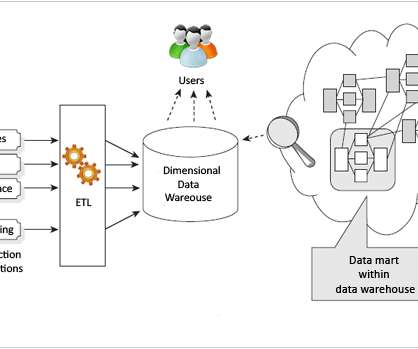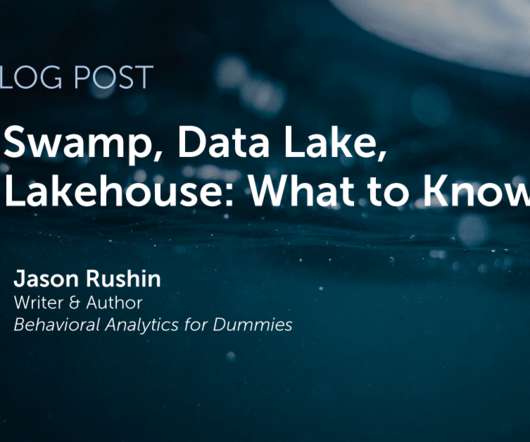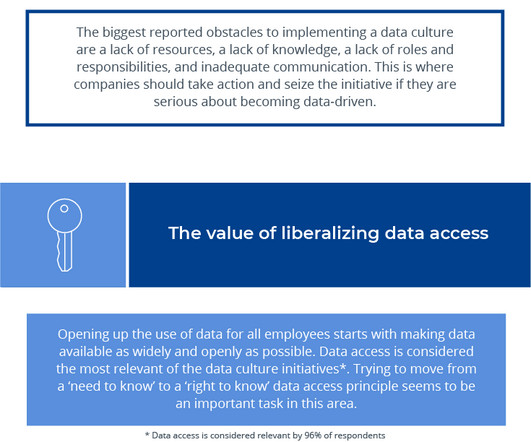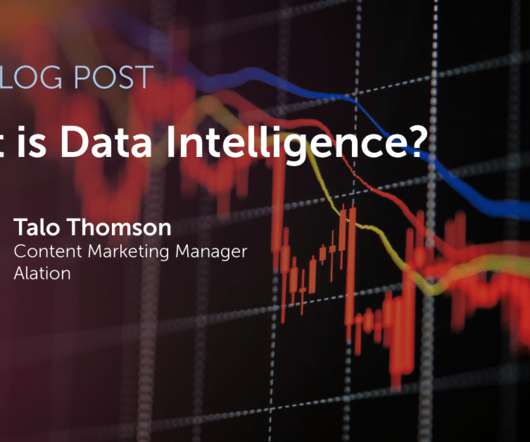Metadata-Driven Data Warehouses are Ideal
TDAN
APRIL 6, 2021
A metadata-driven data warehouse (MDW) offers a modern approach that is designed to make EDW development much more simplified and faster. It makes use of metadata (data about your data) as its foundation and combines data modeling and ETL functionalities to build data warehouses.
























Let's personalize your content